Nevertheless, in children 12-36 months of age, this autorefraction screening tool is valuable for identifying risk factors for amblyopia.
Continue reading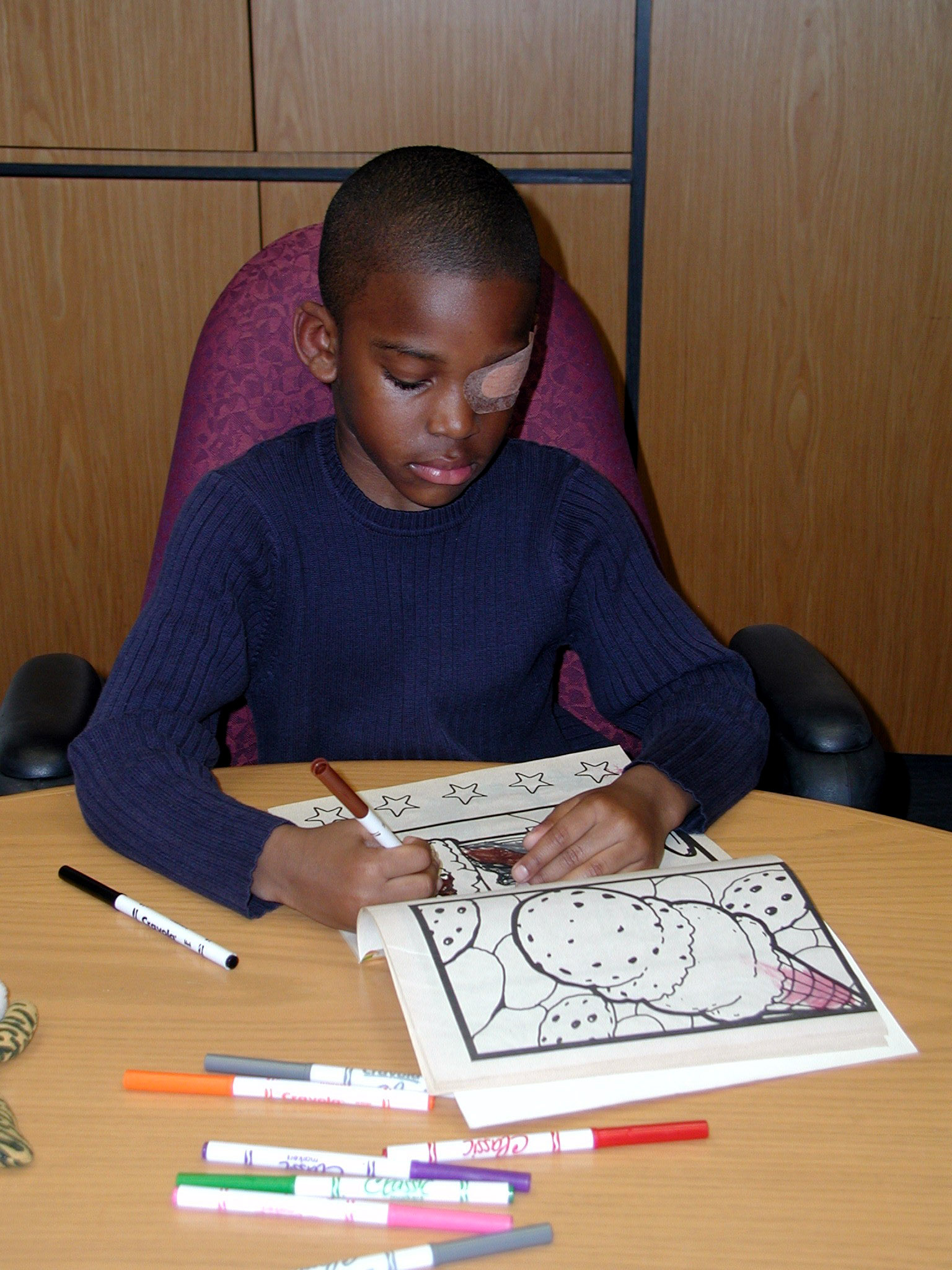
The latest in clinical vision science, curated by Dr. Jade Marie Lasiste

Nevertheless, in children 12-36 months of age, this autorefraction screening tool is valuable for identifying risk factors for amblyopia.
Continue reading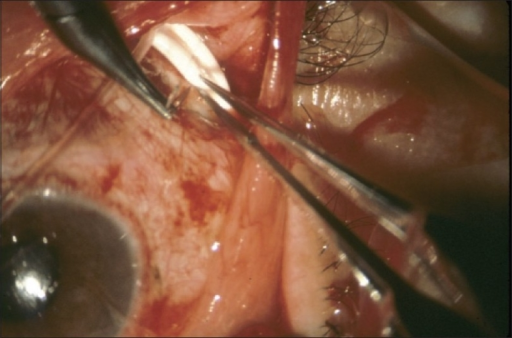
However, there is a transient increase in central thickness, and there is a significant decline in endothelial cell density a
Continue reading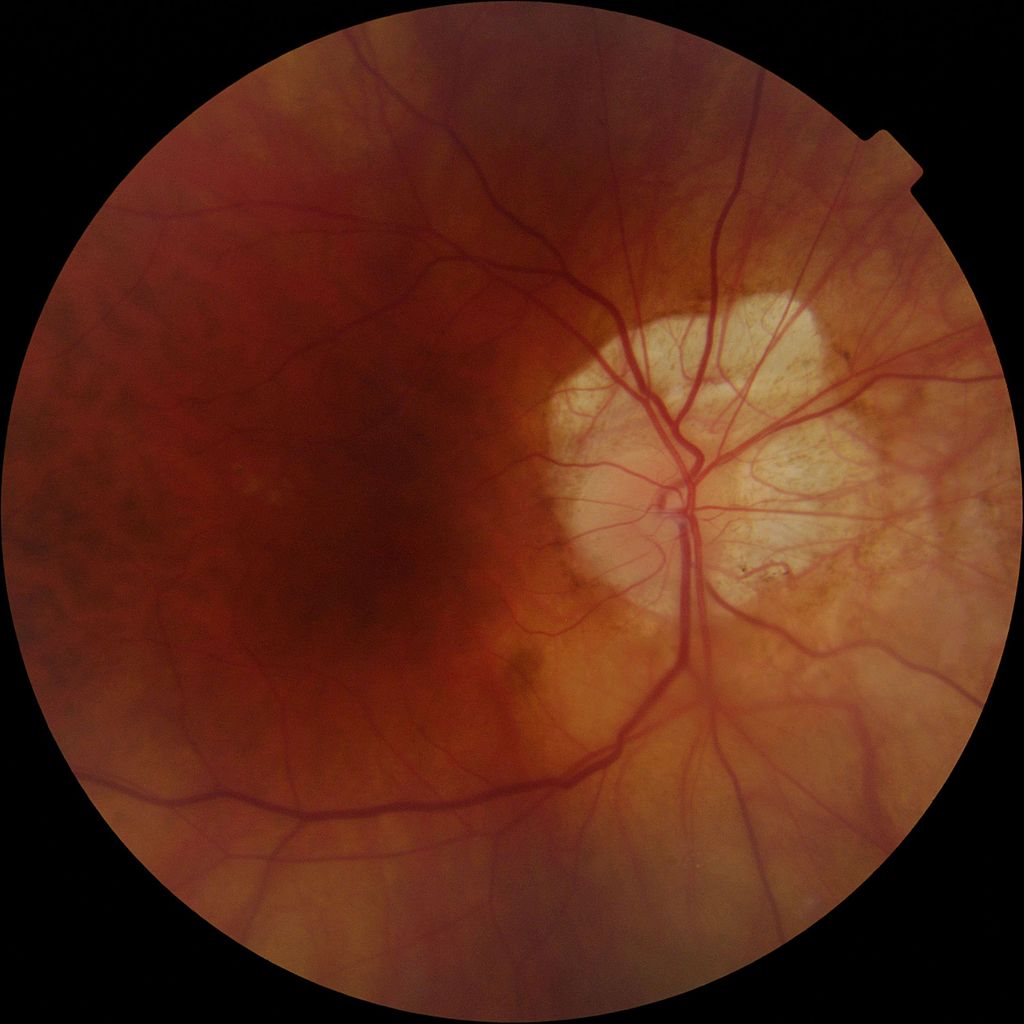
The results of this study show that in patients with myopia and normal tension glaucoma, the way the disc is
Continue reading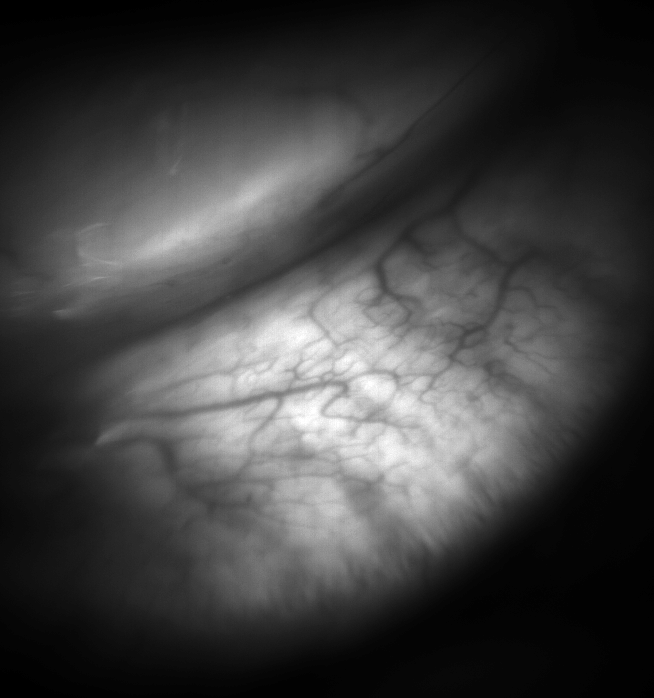
Meibomian gland loss is correlated with tear film and ocular surface parameters. But so is age.
Continue reading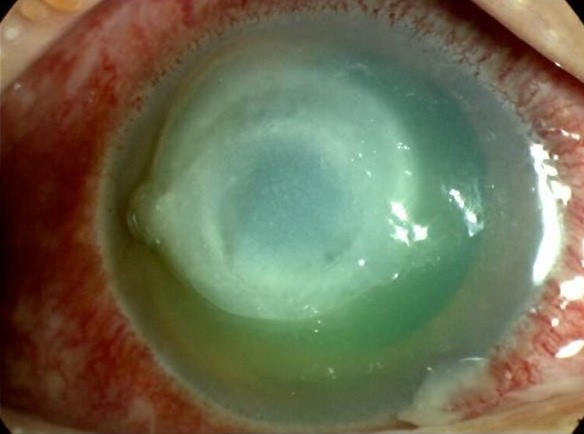
The use of this dye with green light generates reactive oxygen species, which can be toxic to infectious pathogens, and
Continue reading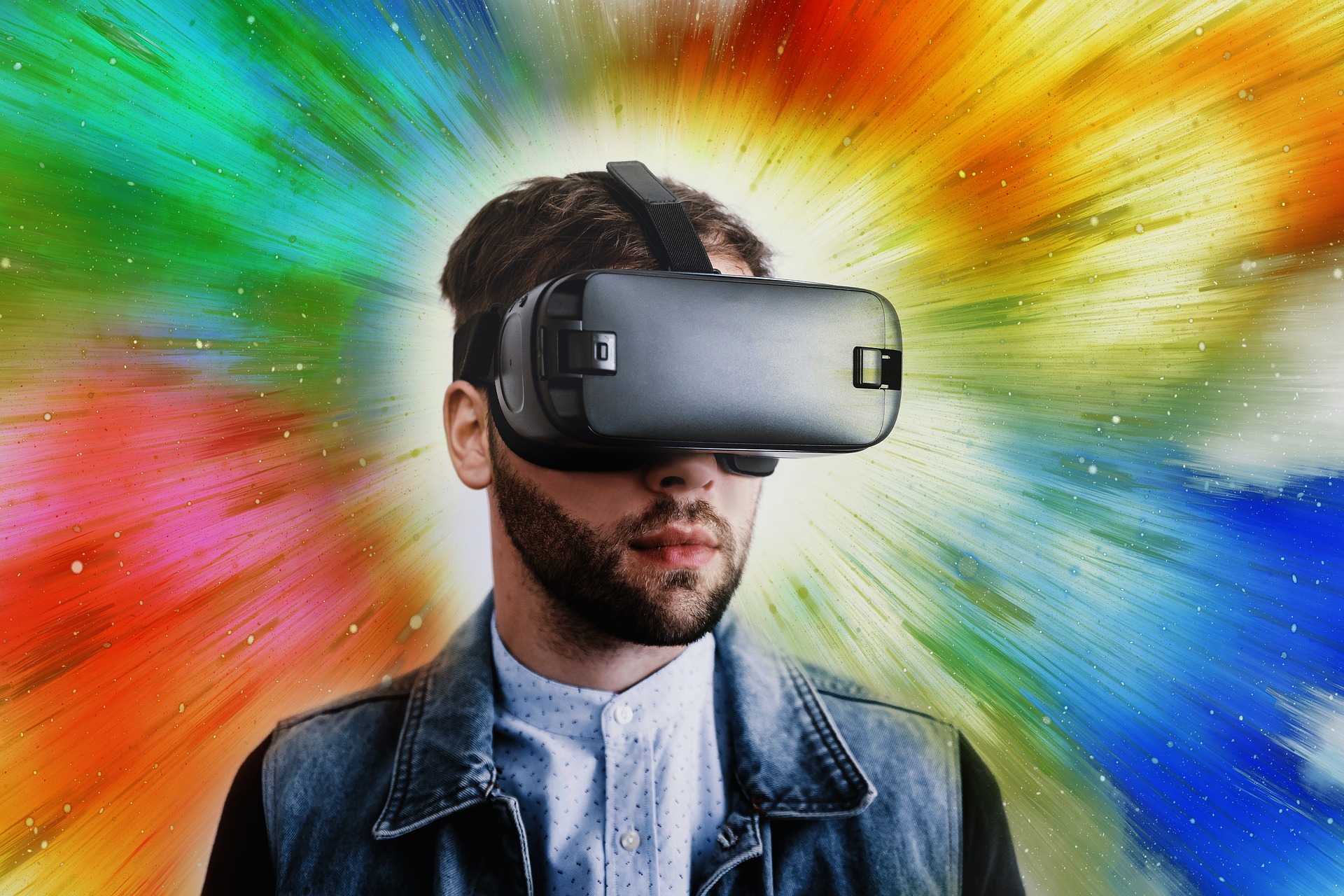
Wearing a virtual reality headset when working in front of a (computer) screen may protect the eyes from dryness.
Continue reading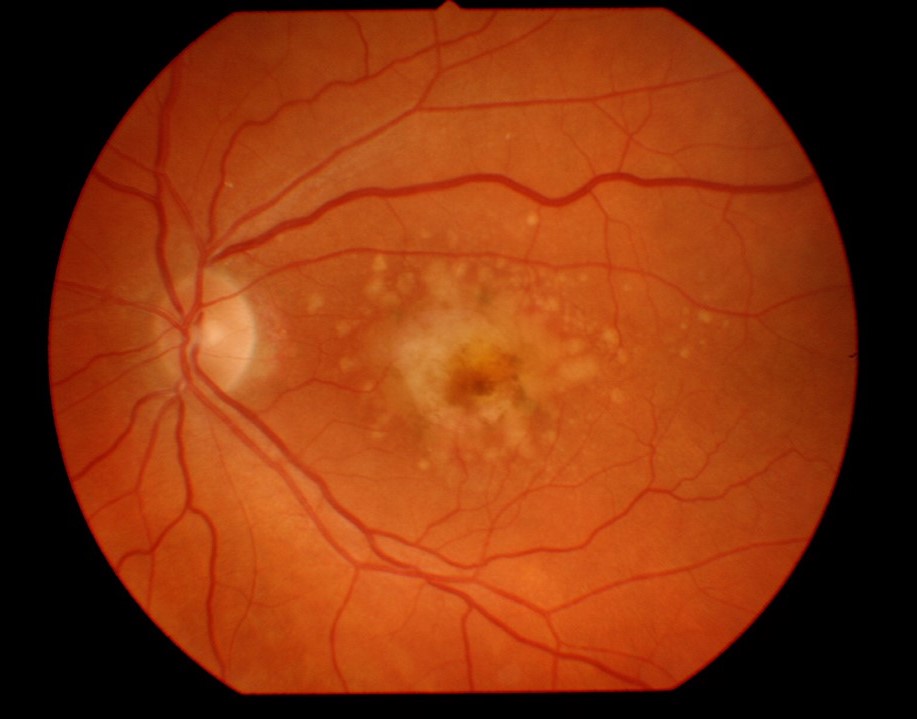
This complement C3-inhibitor has passed phase 2 clinical studies in terms of safety and efficacy and is on track to
Continue reading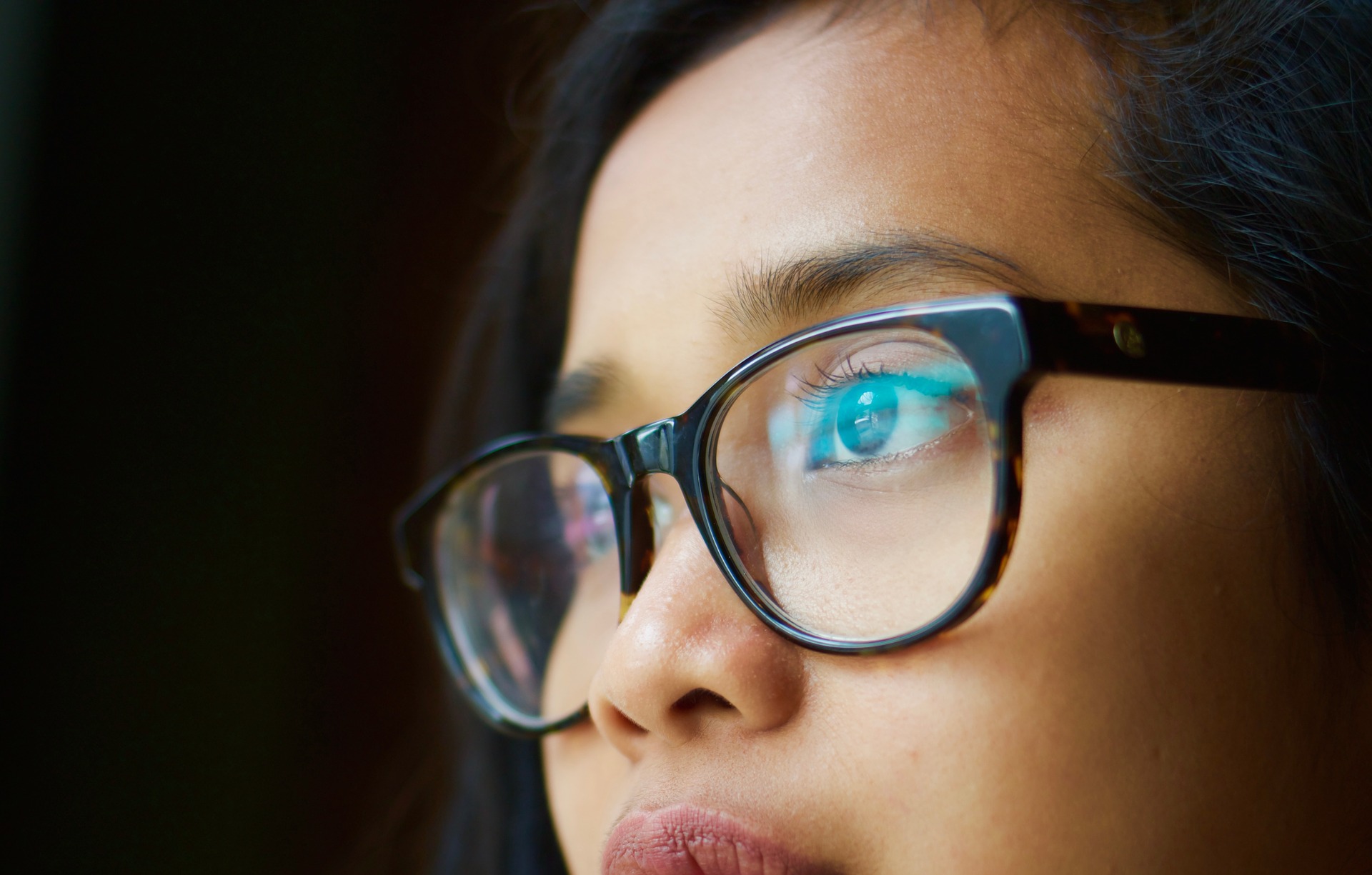
Tired of wearing glasses? Aside from refractive laser surgery, refractive lens exchange surgery is also a safe and effective technique.
Continue reading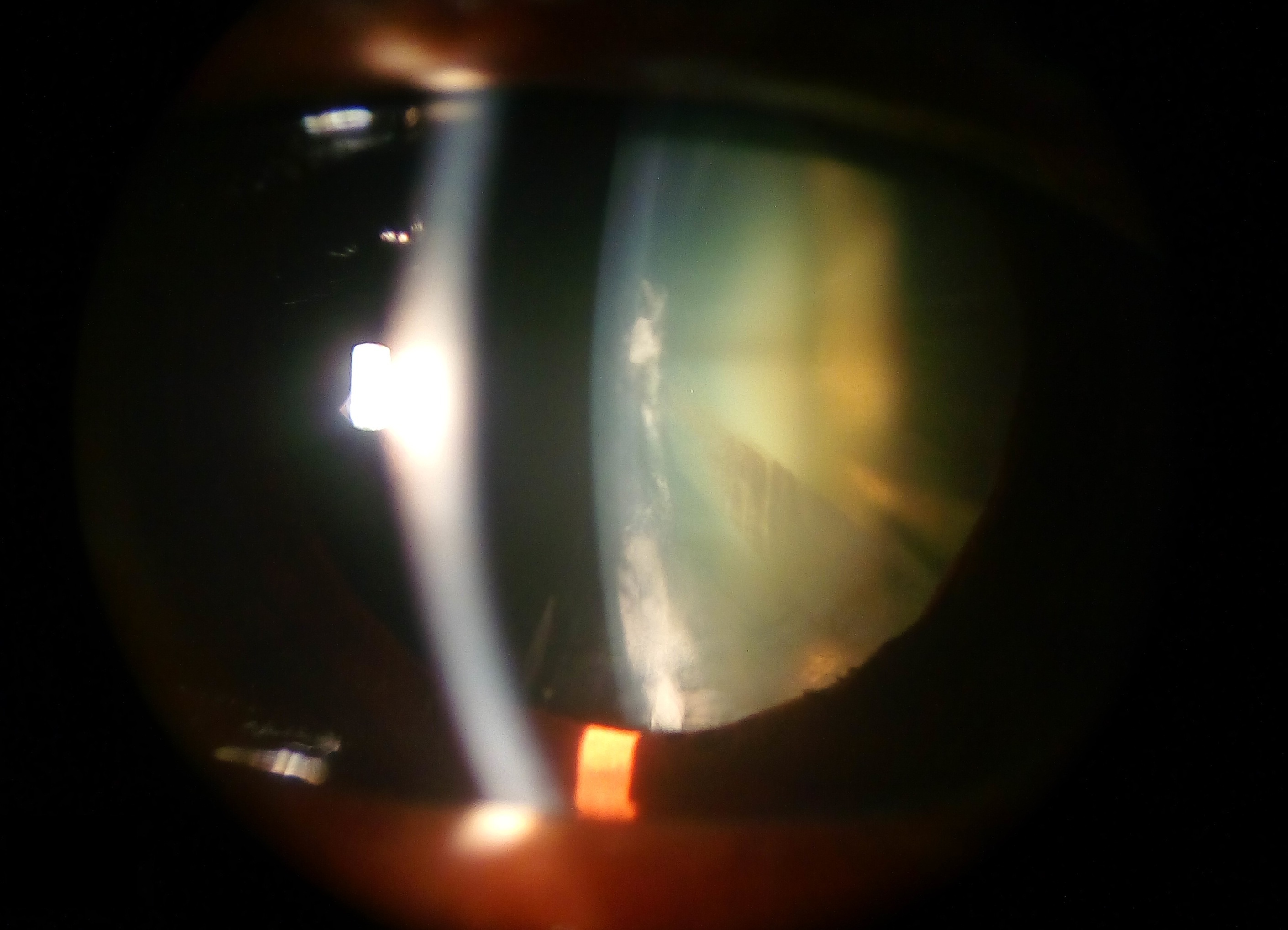
This 5-year follow-up retrospective cohort study says that it doesn’t matter.
Continue reading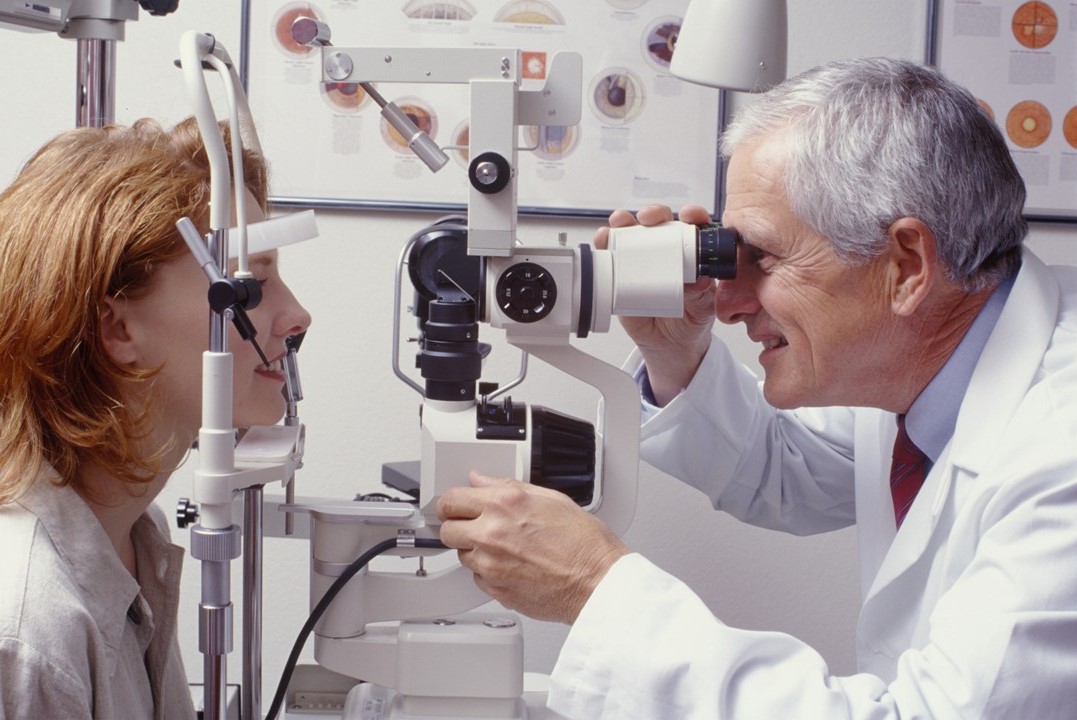
Patients still prefer their doctors to wear formal attire with a white coat. An ophthalmologist doing a slit-lamp examination on
Continue reading